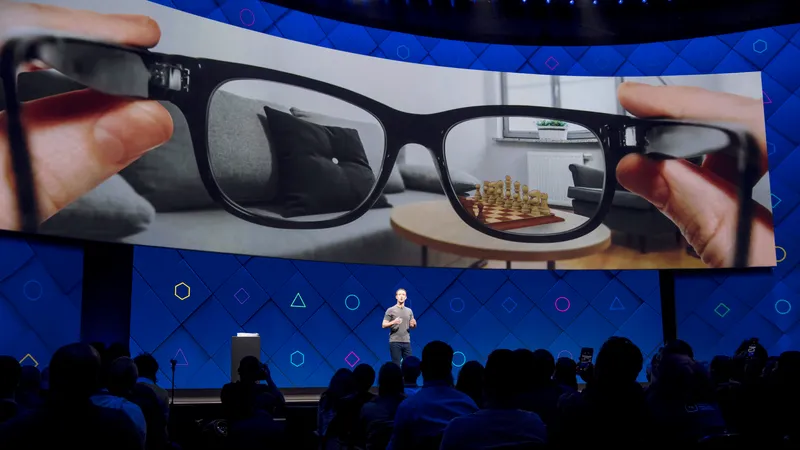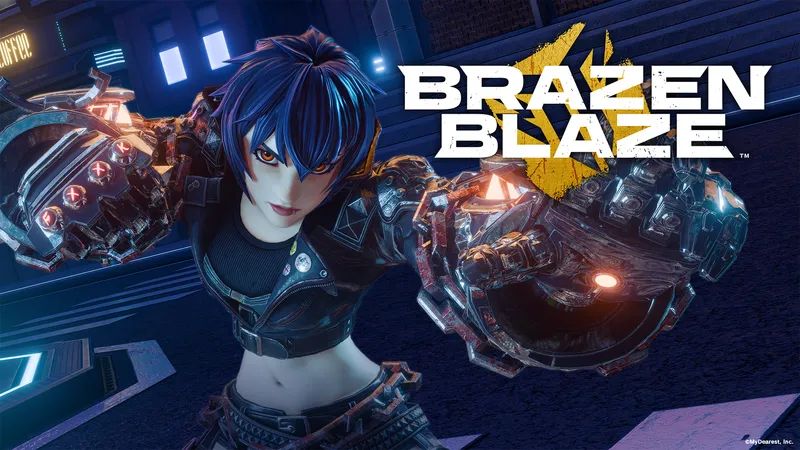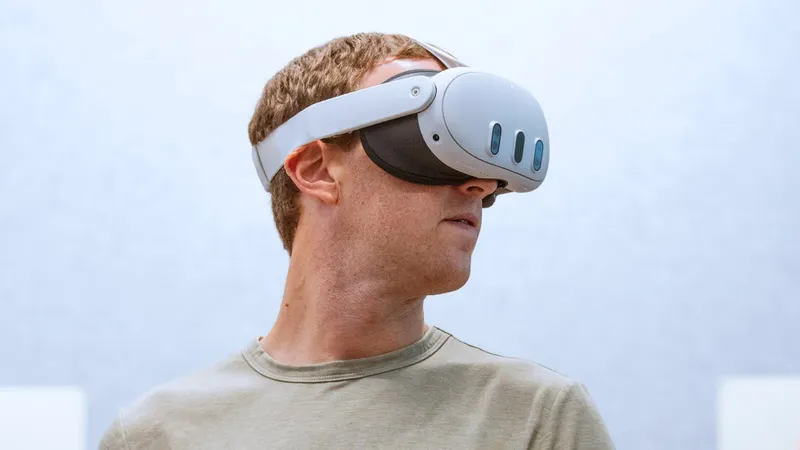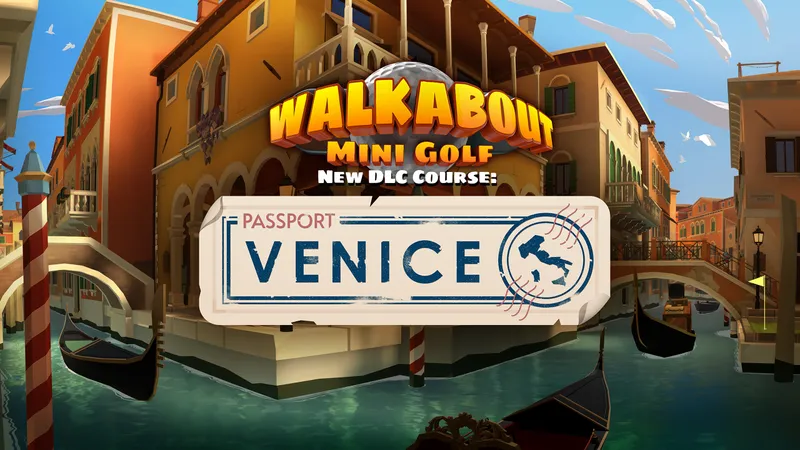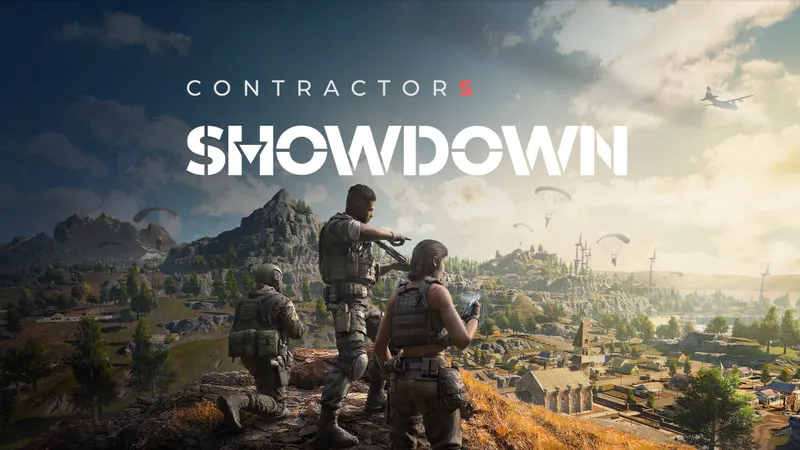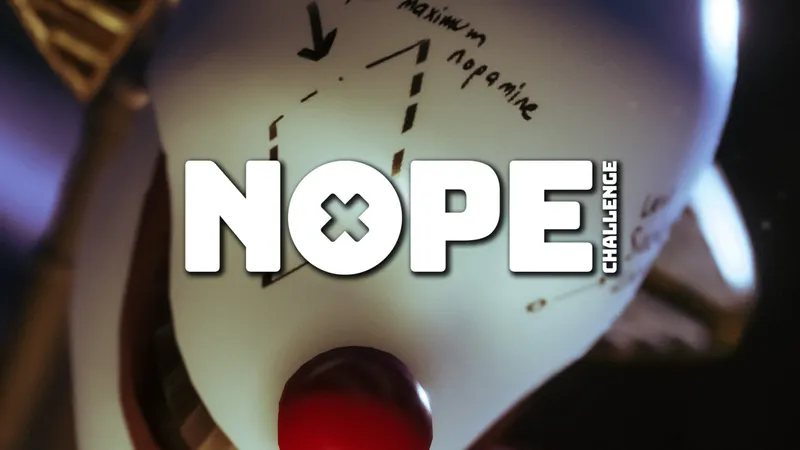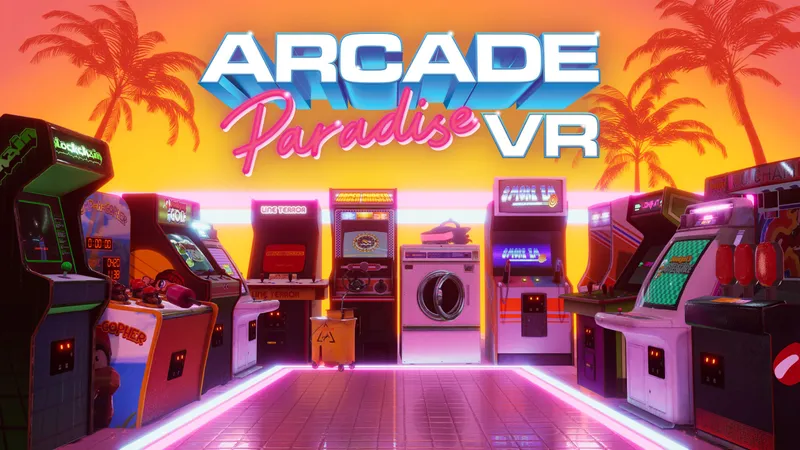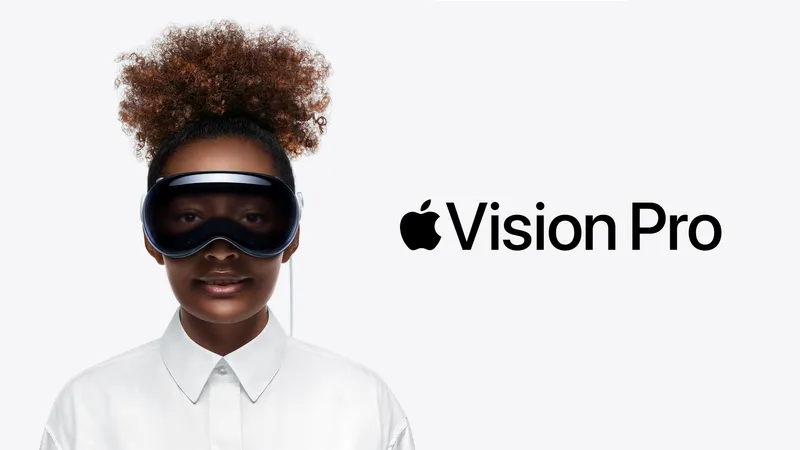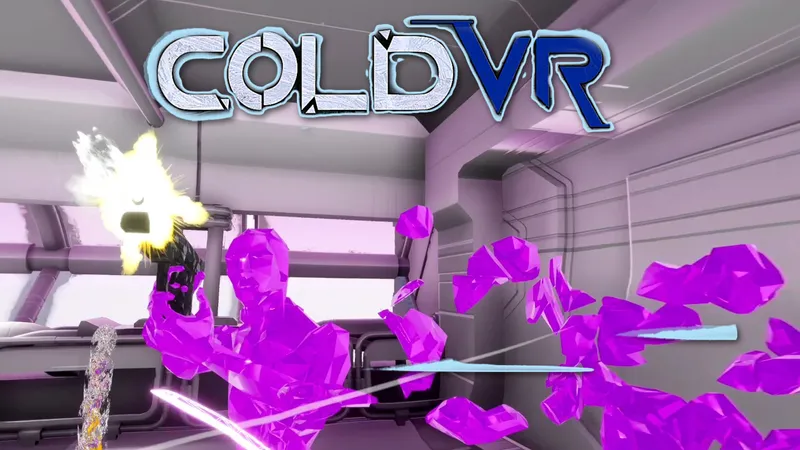When virtual reality entered its first renaissance in the late 80’s and early 90’s, the movement was heavily concentrated in the San Francisco Bay area. Also heavily concentrated in the area at the time was a burgeoning psychedelic movement. Inevitably, the two communities found some common ground. From the creative processes of VRML pioneers Mark Pesce and Tony Parisi to what led Timothy Leary to call VR, “the LSD of the 90’s” – there is a long standing relationship between psychedelics and VR. In this article, we go in depth with that history, answering questions along the way – including just what is it like to try VR on LSD?
The annual celebration for cannabis is a special day. On, April 20th, copious amounts of (medical) marijuana will be consumed. The active chemical compound in weed, tetrahydrocannabinol (THC), will be passed around in blunts, bongs, bowls, joints, vaporizers, and edibles throughout the day. At the same time, some of the people partaking in the holiday will be coming down from hallucinogenic trips induced from the day before, which is another lesser-known festivity. With both days in mind, we dive into the history of the infamous “Bicycle Trip” that sparked a psychedelic revolution. That moment is hypothesized to have indirectly led to the indoctrination of virtual reality concepts. We theorize why.
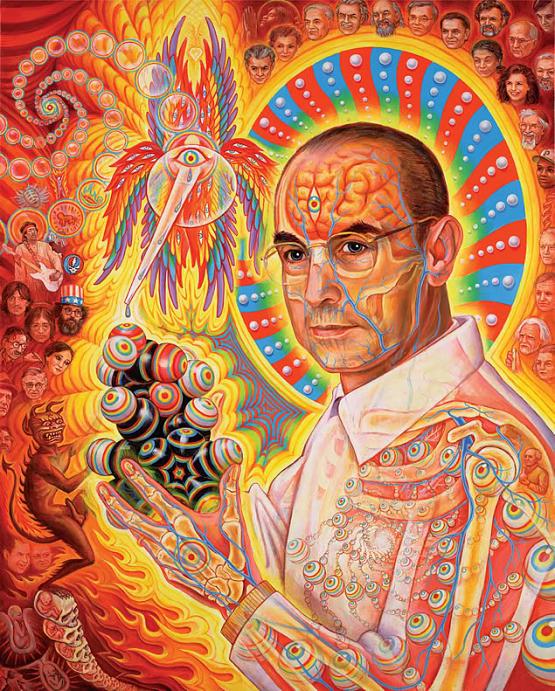
The story begins on April 19, 1943, when Swiss scientist Albert Hofman ingested a low dose of an unknown chemical compound that he called ‘lysergic acid diethylamide (LSD-25).’ The drug, originally derived from a grain fungus that typically grows on rye, produced powerful, mind-altering effects. Less than one hour later, the reactions started kicking in. Soon, the scientist took a legendary trip through town, which quickly became known as “Bicycle Day.”
Hofman experienced something that no human had prior to that; a radical shift in consciousness brought on by LSD. The psychoactive substance that Hofman synthesized had extraordinary potency; even in low doses. The effects had mass potential, as Hofmann originally foresaw, to be used as a powerful psychiatric tool – because of its intense and introspective nature. Surprisingly though, he couldn’t imagine anyone using it recreationally. [1]
Little did Hofman know what would happen next. That “Bicycle Day” experience, along with Hofman’s discovery, would go on to influence vast collections of people, including rockstars, researchers, philosophers, mathematicians, and visionaries; as well as the animators of a short film that re-created Hofman’s trip in a unique way (see below).
In the following decades, LSD jumped out of the research labs and onto the streets. A notable figure who assisted in the spread of psychedelics was Ken Kesey, author of the American novel One Flew Over the Cuckoo’s Nest.
With jars of psychedelic compounds, Kesey organized an epic road trip with his ‘Merry Band of Pranksters’ across the United States; which bears subtle similarities to road trips happening now with VR. Kesey and his team introduced people to ideas of mind-expansion through the use of psychedelic drugs they had in hand. Today, people pass out virtual reality experiences instead.
Shortly after their wild journey, Kesey and the ‘Merry Pranksters’ started holding “Acid Tests” where people explored the inner-workings of their minds through drug-induced experimentation. At those events, a group of musicians calling themselves the ‘Warlocks’ (later known as the Grateful Dead) spawned from the metaphorical mist. As the Dead exploded onto the scene, psychedelics like LSD flew into the emerging tech circles through the entrance way of art and music; especially in San Francisco.
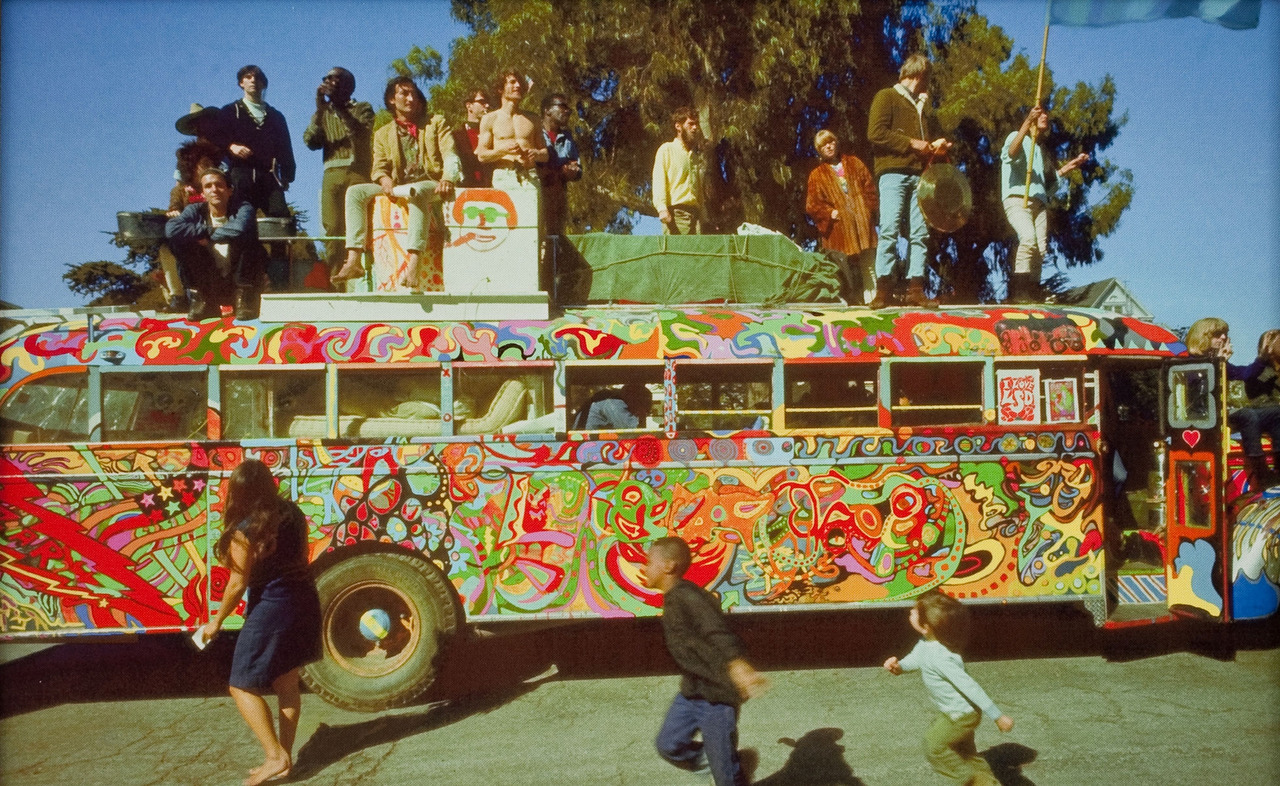
Around the same time, handfuls of engineers began adopting LSD as an intellectual tool. Douglas Engelbart, the inventor of the computer mouse, for example, was once given a low dose by researchers to see if those under the influence of the drug would be able to solve problems. [2] In addition, one of Engelbart’s close friends, Ted Nelson (the man who coined the term ‘teledildonics’), reportedly ingested substances from time to time as well; including a visit to the house of Mondo 2000, an edgy press publication that was covering virtual reality, psychedelics, and consciousness at the time.
Looking back, it seems entirely possible that empires were founded on some of the ideas that that surfaced in parallel with the use of psychedelic drugs. Steve Jobs, the co-founder of the multi-billion dollar tech giant Apple, for instance, gave a quote about LSD’s influence on his life to New York Times reporter John Markoff. The interview was for Markoff’s 2005 book What the Dormouse Said: How the Sixties Counterculture Shaped the Personal Computer Industry.
Doing LSD was one of the two or three most important things I have done in my life.” – Steve Jobs

In an interview with Playboy in 1985, Jobs talked openly about where people were finding LSD. He mentions that “You could get LSD fresh made from Stanford. You could sleep on the beach at night with your girlfriend. California has a sense of experimentation and a sense of openness—openness to new possibilities.”
Furthermore, Microsoft’s co-founder Bill Gates was once questioned about the role of psychedelics during an interview also by Playboy as well. At the time, it was rumored that Gates used mind-altering substances during his youth. Although Gates never admitted to anything and said that his “errant youth ended a long time ago,” his name is synonymous with Steve Jobs while researching drug use in the tech world. Gates may not have ingested LSD, or perhaps he did. Yet, at the very least, he was around the same time when his peers, like Steve Jobs, were.
On the VR side of visual computing technologies, an early indicator that virtual reality was influenced by psychedelics can be found in an article by the Multidisciplinary Association for Psychedelic Studies (MAPS) titled “Psychedelics and the Creation of Virtual Reality.” The short, yet insightful piece from 1999 glimpsed into the creative processes developed by a virtual reality community leader named Mark Pesce, the co-creator of the Virtual Reality Markup Language (VRML).
The following segments are portions of the interview’s transcript, which dives into the role that psychedelics played for Pesce during the development of VRML.
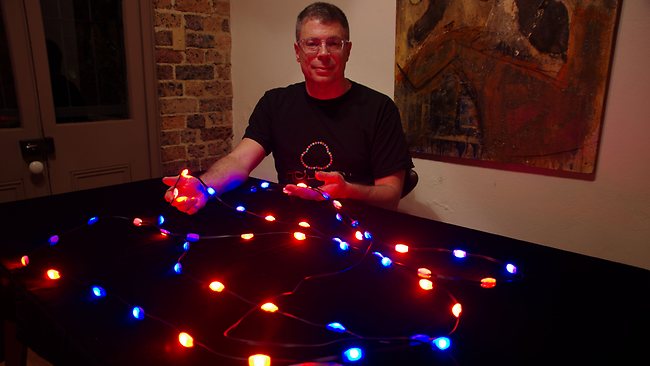
MAPS: How have psychedelics affected your creative process?
Mark Pesce: I’m not sure that I’d be doing any of the work that I’m doing now. I don’t know. I think I’d probably be some silly software engineer working in New England, unenlightened and bored with life, without psychedelics. I can almost guarantee that. My use of psychedelics and my intellectual career essentially began synonymously somewhere in the first or second year of college. And so there was an opening up that came from the psychedelic experience, which resulted in my becoming attracted to certain types of ideas…certain types of research.
It’s not that it established the agenda, but it gave me a magnetic center — that’s what the Gurdjieffians would call it. But a sense of self that is very particular. And from that, what I had to do was just follow where that center would take me, and listen to it. And the times in my life when I’ve gotten fucked up are the times when I haven’t done that. By the time I got a little bit older, I was into what Joseph Campbell would call “following your bliss.” Well, my bliss was revealed through the psychedelic experience. It wasn’t achieved through the psychedelic experience, but it was revealed through the psychedelic experience.
Now, I won’t make any attributions to what the divine is, but if psychedelics reveal the divine, or allow you to eminentize it, to see it physically, or this sort of thing, wouldn’t it make sense for that moment to be synonymous with the moment of revealing of what your bliss is? I mean it would be sort of silly for a divine being to show itself, and to not show you what you are. That would only be a half revelation, because beholding the divine also means beholding the divine in yourself, and that’s part of what you are — what you’re doing, why you’re there.
MAPS: Do you ever use psychedelics for problem-solving tasks? Where you have a specific question in mind, and then you take psychedelics in search of an answer?
Mark: They’ve certainly been facilitators or catalysts for that. The most striking example is all the cyberspace protocols that came to me. I mean “wham,” it came to me like that, and I just saw them. I got the big picture, but the big picture said, “Okay, well you know roughly how to make it work. Now you have to go in and do the detail, right?” I spent three years doing that detail work, and out of that detail work came VMRL, and some stuff which you’ll probably still see in a couple of years. So in that case it was very direct…
I’ve done a bunch of research work on the ethics and the effects of virtual environments. And that also was catalyzed specifically in a psychedelic experience. You know, it was like “snap.” It’s a moment of clarity. Not like the same AA moment of clarity, right? But it’s a moment of clarity, you see it. Just because you see it, doesn’t mean that you’re immediately able to talk about it. I spent six months with that, and managed to sort of piece it together, and say, “Okay, well I’ve got this great tapestry up there. All right, I think I see a relationship within the elements, let me spend some time with it and get it codified into something that’s visibly solid in feel.”
MAPS: What particular compounds were you working with?
Mark: That was LSD, I think entirely. There were some mushrooms at the beginning, but I think that at that time it was entirely LSD.
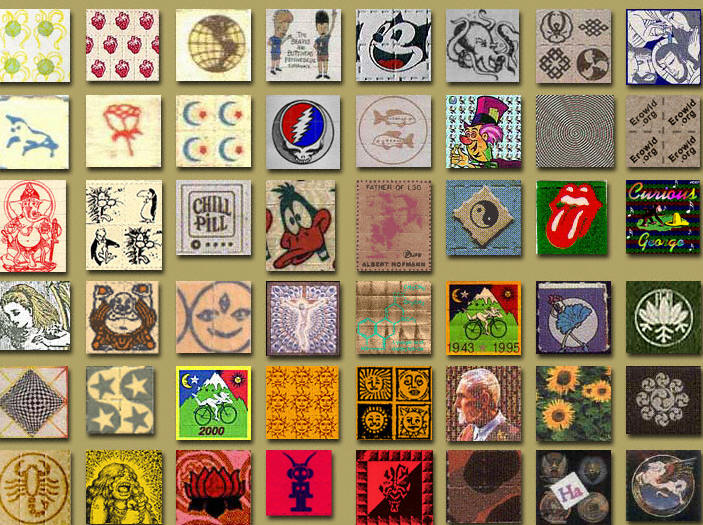
In addition to Mark Pesce, another co-creator of VRML, Tony Parisi, came on record to suggest that psychedelics directly influenced the direction virtual reality would take in San Francisco during the 1990s. This bit of information was uncovered during a “Flashback” article we did where we interviewed Parisi at a virtual reality conference in Los Angeles. Parisi discussed how mind-altering substances were floating around San Francisco during one of the high points in Virtual Reality’s history.
So the VR scene was heavily centered in San Francisco. San Francisco is the psychedelic capital of this hemisphere, at least, so you can imagine there were a lot of people doing virtual reality who were also experimenting with all kinds of altered states of consciousness. Long story short, there was a lot of that going on. They weren’t taking the drugs and doing the VR; not necessarily a recommended combination.
But imagine the kind of mindset it takes to experiment with your consciousness to explore other states of mind; that kind of thinking can be incredibly useful and thinking about new businesses, startups, disruption, and how they are going to change the world.
If you have enough courage to try and change your inner consciousness, you may be the kind of person that wants to go in and change the world. These things go hand in glove. – Tony Parisi, 2015.
Flashback: Tony Parisi on Co-Creating the Virtual Reality Markup Language (VRML)
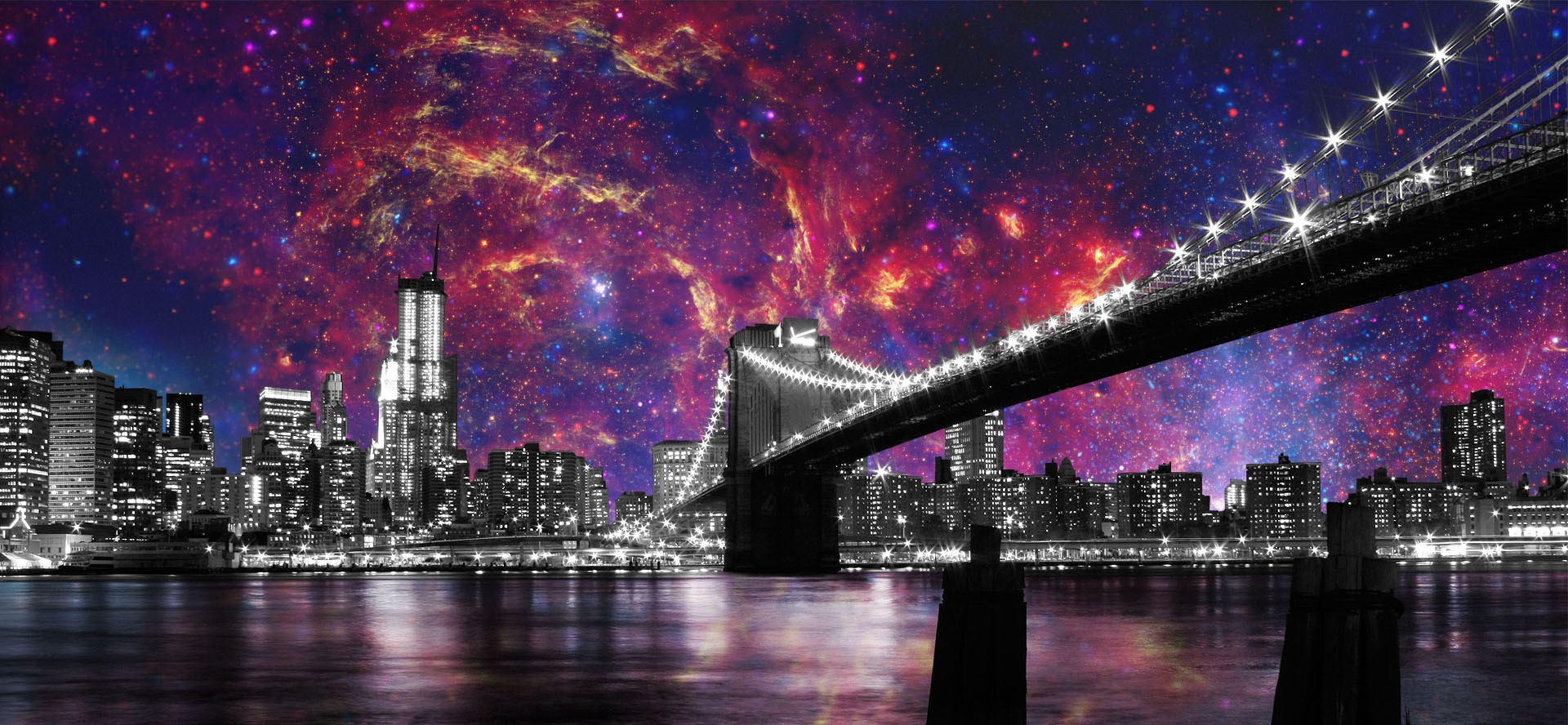
Continue Reading on Page 2: includes quotes from Timothy Leary, Terence McKenna, and more
*Featured image originally created by artist Anastasia - source
Virtual Reality Has Always Had Celebrities Connected to It
Throughout VR’s history, there have been several key players that helped raise awareness of the emerging medium – similar to what Ken Kesey did with LSD. Among those people was well-known counterculture icon Timothy Leary – who amassed fame in the 1960s and 70s when he became an influential advocate of psychedelic drugs as an intellectual tool.
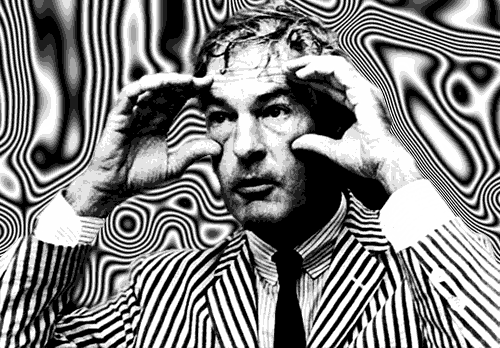
Catchphrases like “turn on, tune in, drop out“, “set and setting”, and “think for yourself” popularized the psychedelic culture at the time.
Soon, Timothy Leary began hanging out with technology and virtual reality pioneers looking for ways to expand human consciousness.
Interestingly enough, Leary’s interest in VR happened around the same time when increased external pressure from legal forces was put upon him. This caused Leary to search for legal ways to experiment with the mind – bringing him face to face with the fringe ideas surrounding visual computation and virtual reality.
At this point, Timothy Leary got involved with a company called VPL Research who was selling virtual reality products. Those working at VPL, like Jaron Lanier and Mitch Altman, would see Leary on a regular basis at their lab. The comparisons between psychedelics and VR were so strong for Leary that he modified his popular catchphrase “turn on, tune in, drop out” to “turn on, boot up, and jack in” to go along with what he was calling the “LSD of the 1990s.” [3]
Flashback: An Interview with Mitch Altman (A Virtual Reality Pioneer from the late 1980’s)
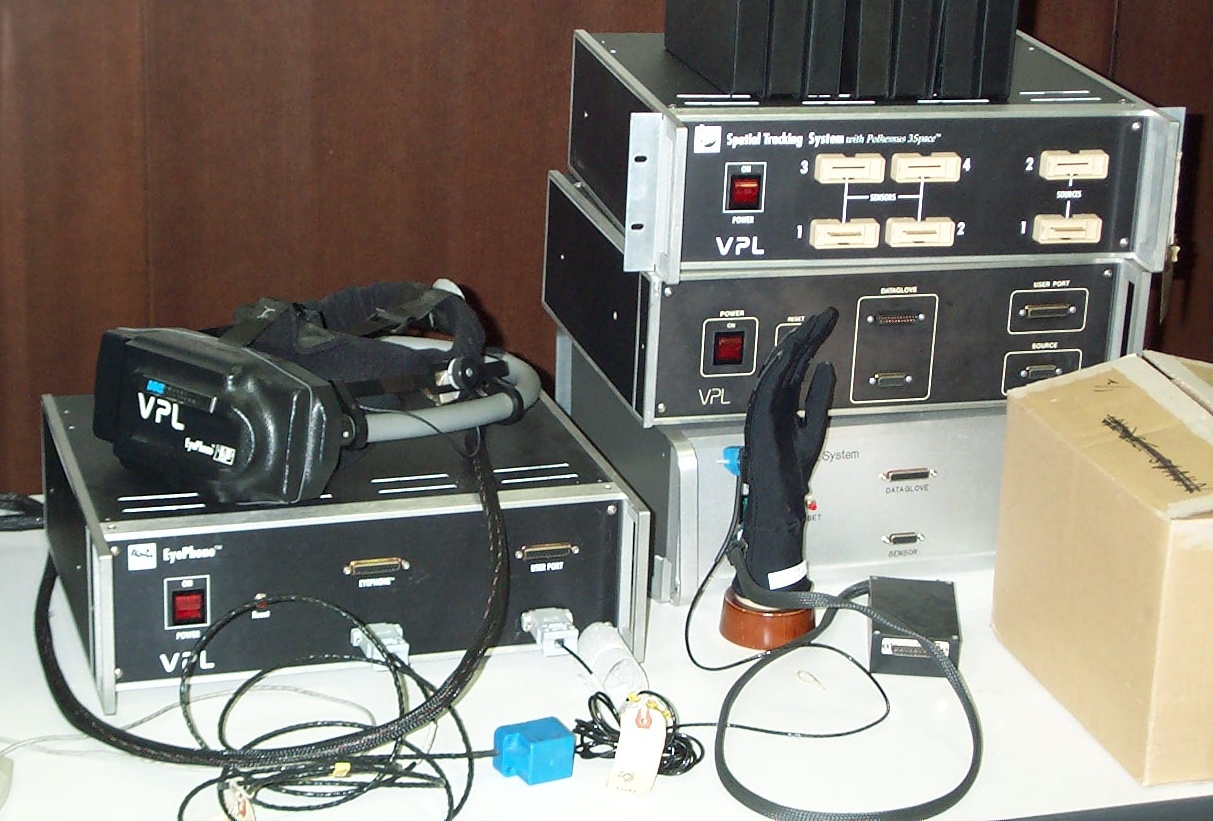
During his touring lecture series ‘From Psychedelics to Cybernetics,’ Leary would occasionally demonstrate a prototype of the Mattel Power Glove and would often compare psychedelics to virtual reality. Leary then experimented with the medium, which culminated into a handful of video game projects that few people actually knew about.
The programs I’m developing are programs that help you operate your mind and package your thoughts, dimensionalize your thoughts and communicate them clearly to other people.
There’s another group of programs we call “brain operating systems” that allow you to boot up and activate different circuits in your brain, create hallucinations, reprogram your own brain. So what we were trying to do in the ’60s and ’70s with LSD—by “we” I mean people at Harvard and serious scientists—you’ll be able to do now using computers.” – Timothy Leary (interviewed by Whole Life Times)
For the most part, Leary’s games and virtual reality projects remained relatively hidden. However, those experiments were unearthed and released at the New York Public Library in 2013.
According to Arts Beat, the library displayed a monitor at the celebration that showed “a continual loop of samples from the dozen or so games Leary developed in the 1980s, alongside cases containing paper documents relating to his famous LSD experiments. The games were recovered from the roughly 375 computer disks included in the Leary archive.”
Of of those projects by Timothy Leary was a software program developed for Electronic Arts in 1985 called ‘Mind Mirror.’ The goal of the game was to allow people using Commodore 64 and Atari 8-bit platforms to digitize their thoughts for entertainment or educational purposes.
In addition to Timothy Leary, another proponent of virtual reality in the 1990s was American psychonaut, ethnobotanist, lecturer, and author Terence McKenna. The rumor goes that Terence McKenna and Timothy Leary met at a virtual reality-related warehouse “rave” called Cyberthon in July 1994. Shortly thereafter, Terence McKenna started openly speaking about his thoughts into the socioeconomic aftereffects of the medium.
During an event in Amsterdam dubbed Ego-Soft in 1995, McKenna gave a 90 minute talk where he discussed “The New Psychedelics” that were emerging at that time. He started out by pitching the idea that psilocybin mushrooms shaped human consciousness. McKenna also described what he saw was the true importance of psychedelic plants. From there, he goes on to suggest that technologies like virtual reality allow people to share their inner-thoughts in an entire new way. His presentation provided several powerful quotes, which are transcribed below.
The importance of virtual reality, as I see it, is it is a technology that will allow us to show each other our dreams. We will be able to build structures in the imagination that we cannot now share with each other. I image a world where children begin to build their virtual realities by the time they are 5, 6, 7.
By the time they are 20, these virtual realities may be, practically speaking, the size of Manhattan. Well, then what real intimacy will mean is saying to someone, “would you like to visit my world? My world with my visions, my values, my dreams, my fears…” In a sense, what virtual reality is is a strategy to let us turn ourselves inside out so that we see each others’ minds.
In that talk, Terence McKenna goes on to compare the evolution of virtual reality with the modes of communication that octopi use. The far-fetched ideas that he proposed is somewhat of a stretch, technically speaking; but the theories are sound, if one keeps an open mind.
You know, octopi wear their minds on the outside of their bodies. Octopi communicate by changing colors; and the smoothness of their bodies. They wear their meaning. We have an organ that we do this with, but it is very limited. It is called a face. If you look at people’s faces, and you are open, you can see into the mind.
Virtual reality is going to allow us to share much, much more of ourselves. After all, my reality is not how I look. My reality is who I am, and the only way I can give that to you is if I can invite you inside.
So, I think that this hasn’t much been said about virtual reality, because it doesn’t interest the commercial people who are developing them. But I think is what it will eventually be; a tool for sharing our dreams and the insides of our heads.
As seen in the history books, there was definitely interesting discussions going in the early days of VR’s inception. Similar to now, people of like minds were getting together to explore the ideas of virtual reality.
Those types of “meetups,” in part, were sparked by the psychedelic cultures of the time. Active influencers like Timothy Leary and Terence McKenna brought the steadily emerging medium further out into the world. Their unusual methods of raising awareness became an instrumental piece in getting more people knowledgeable of the wide-ranging possibilities of VR.
Now, those involved in the culture today are finally looking back through time in the hopes of getting a better understanding of where this wild virtual reality ride began.
Continue Reading on Page 3: taking drugs and experiencing Virtual Reality at the same time
*Featured image originally created by artist Anastasia - source
Trying VR and Psychedelics at the Same Time
In the early days of virtual reality, developers for the most part were not taking drugs and exploring virtual environments together. Instead, those two interactions were separate experiences. Speculated reasons for this stem around the amount of time and effort needed to load up VR worlds on the original, rudimentary hardware. Attempting to transport oneself into old school VR demos on heavy doses of psychedelics sounds like a daunting task, to say the least.
However, now that the technology systems for virtual reality have become increasingly streamlined, the barrier to entry into computer generated experiences is at an all time low. VR is essentially ‘plug and play’ now, allowing people to turn on the headsets/computers and teleport themselves into immersive realms fairly quickly. This has caused several communities engaged in bringing VR and psychedelic substances together to spring up; particularly online.

An early collection of individuals created a forum on Reddit called ‘Trees3D’ for those interested in testing out 3D and VR demos while stoned. It attracted a few hundred readers with posts occurring every few months. Another subreddit under the name ‘RiftIntoTheMind’ formed under similar preferences, amassing users fairly rapidly. As the group’s description states, the community is “dedicated to exploring the wonderful worlds created in VR whilst on psychedelics.”
In combinations between ‘Trees3D’ and ‘RiftIntoTheMind,’ plus the more popular subreddit ‘Drugs,’ captivating stories within the communities suddenly arose online. One question was posted in 2014 asked if anyone had used an Oculus Rift while on psychedelics. This led to a conversation and a photo of a guy who ate 4.0 grams of psilocybin mushrooms the weekend his first DK1 headset arrived. To the uninitiated, the amount he ingested is considered by most to be a heavy dose. [4]
Another question posted by myself in the Oculus subreddit gathered up a few stories as well. One person talked about an experience they had that multiplied the levels of presence felt inside a demo.
I have used the rift to play the Leap Motion VR demo (specifically the demo where streams of particles follow your hands) multiple times (5-MAPB, bk-2c-b, 2c-c, and mushrooms) and each time found it to be incredibly engrossing. I would spend an entire hour playing around in that single demo feeling a bit like I could do magic; a most excellent trip toy.
I also felt a far greater sense of ‘presence’, which sounds odd using a demo with IR pass-through, but more specifically the closer my hands were to my eyes the more readily I accepted the 3d skeleton hands superimposed over mine as my hands. – VR redditor
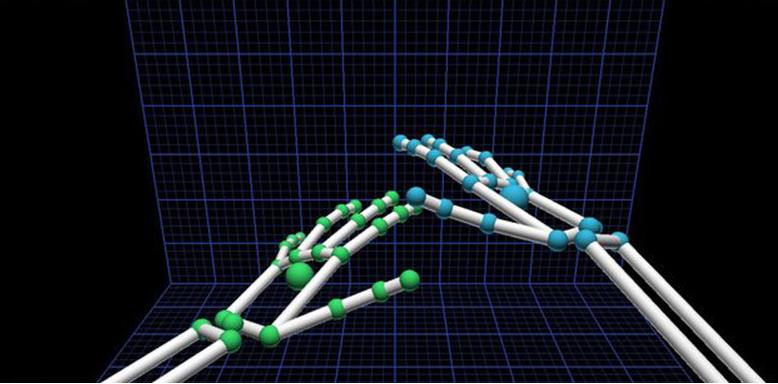
Someone else (who created a throwaway account just to post on the comment thread) shed light into what would make for great VR demos specifically for drugs use. These ideas spawned after consuming a moderate dose of LSD and trying a couple of virtual reality experiences, including one called “Sightline: The Chair.”
Bottom line is if something was created for tripping in the rift it would be fantastic. But current demos are too full of purpose for your tripping mind. You just need lots of colors and sparkles. The first scene in Sightline was the best actually, before the grass comes in after the old school 3d glasses disappear and you are in that dark space with the dancing blue and red lights. – anonymous VR user
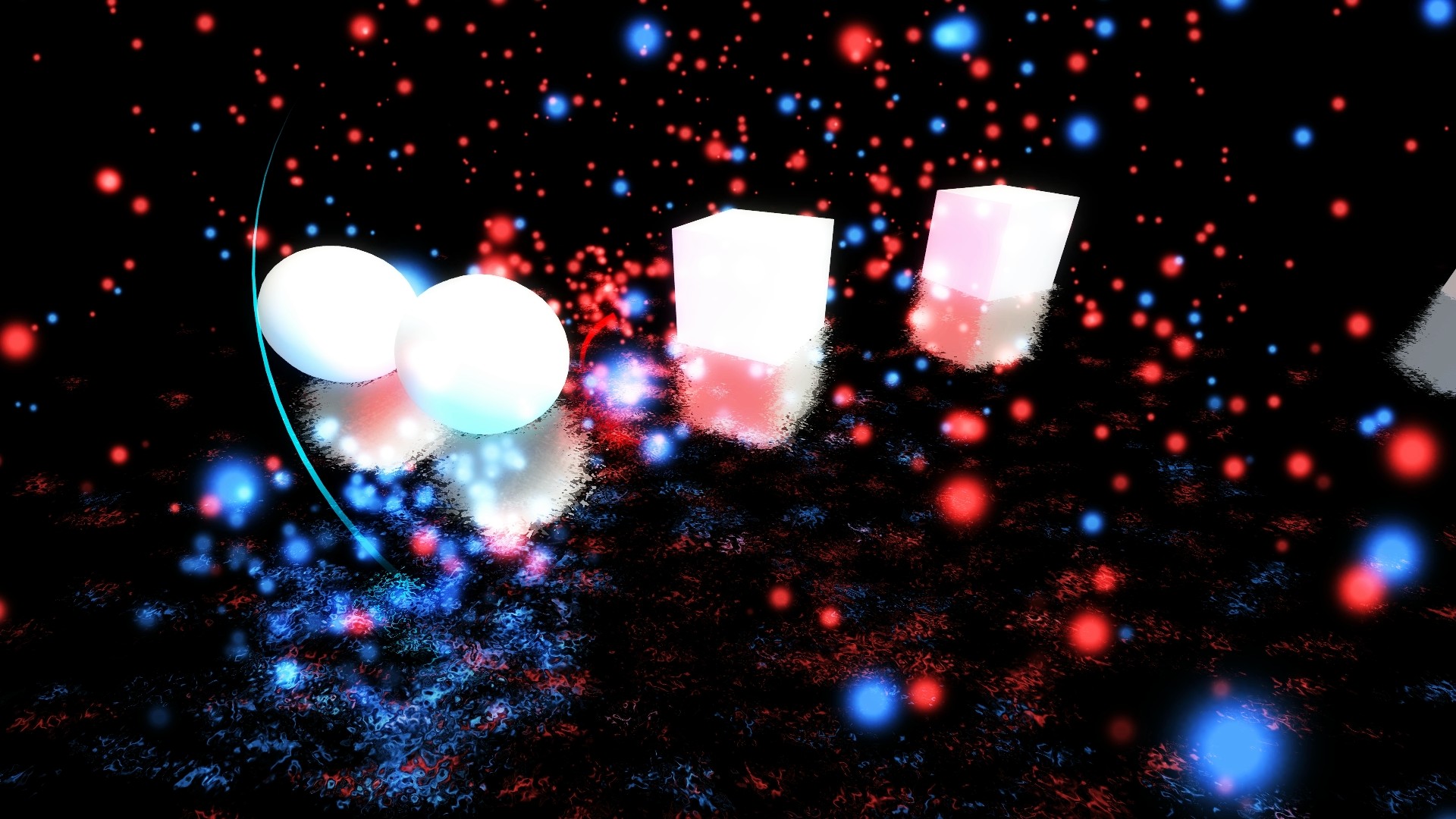
VR would still be here even without psychedelics; but it wouldn’t be the same.
Originally, concepts of virtual reality surfaced into the public consciousness through science fiction authors like William Gibson and Vernor Vinge. People like them essentially laid down the foundation for technologists to come in and create what those writers had envisioned early on. From there, engineers and researchers could look at the “blueprints” of virtual reality systems described in books like Neuromancer and develop the original ideas into fully-fledged, functional VR platforms. The world of science fiction novels was already out there, and it probably would have simulated the medium, regardless of psychedelics.
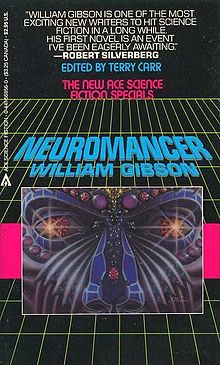
However, being that a lot of the work in virtual reality was being done in San Francisco, it was only natural that the two realms of psychedelics and technology would eventually collide. The mind-expanding basis that is psychedelic drugs opened up people to the exiciting possibilities of what VR could be used for.
The fact that psychedelics was heavily present in San Francisco gave the culture a unique perspective. It was easy for enthusiasts to compare VR to an acid trip because a lot of people around the area at that time had tripped because it was an organic part of the environment.
Celebrities like Timothy Leary and Terence McKenna, who were actively experimenting with psychedelics, were a huge reason VR was brought out of the labs and onto the streets. Without people like them, the medium may have taken even longer to hit the market; and it might not have had the “wow” factor that it has now.
No matter what happens next in the industry, the history books will have to acknowledge that virtual reality was in fact influenced by psychedelics. The connections between them are too strong to be overlooked. So, as the medium takes off like never before, remember that psychedelics indeed influenced VR, and it will continue to do so from here on out.
*Featured image originally created by artist Anastasia - source


